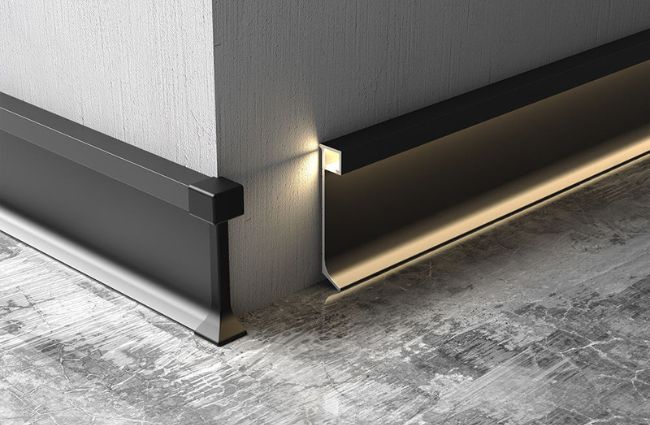Exploring Different Skirting Boards Materials and Profiles for Every Interior
Skirting boards are more than just practical elements that protect walls from damage—they are an essential component of interior design. skirting boards create a smooth transition between walls and floors, hide unsightly gaps, and provide a polished, finished look to any room. Choosing the right material and profile can significantly influence the style, durability, and overall feel of your space. Whether your interior is modern, traditional, or somewhere in between, understanding the available options is key to making the best choice.
The Importance of Skirting Boards in Interior Design
Skirting boards serve both functional and aesthetic purposes. Functionally, they protect walls from scuffs, impacts, and furniture damage, which is particularly important in high-traffic areas like hallways and living rooms. Aesthetically, skirting boards frame the room, complement wall and floor finishes, and enhance architectural features. The right skirting board can either subtly blend with the decor or act as a statement feature that elevates the entire interior.
Materials for Skirting Boards
Several materials are commonly used for skirting boards, each offering unique advantages and visual appeal.
Timber skirting boards are a classic choice that provides warmth and character. Solid wood options, such as oak or pine, offer durability and can be stained or painted to suit the decor. Timber is ideal for traditional interiors, adding a sense of craftsmanship and elegance.
MDF, or medium-density fibreboard, is a versatile and cost-effective option. It is smooth, easy to paint, and resistant to warping, making it suitable for areas with varying humidity levels. MDF skirting boards are widely used in modern interiors due to their clean lines and ability to achieve a flawless painted finish.
PVC skirting boards are lightweight, durable, and resistant to moisture, making them ideal for bathrooms, kitchens, and basements. They are available in a range of finishes and can mimic the look of timber or painted wood, offering a practical solution without compromising on style.
Wood veneer skirting boards combine the aesthetic appeal of natural wood with the affordability and stability of engineered products. They provide a high-end look with less maintenance than solid timber, making them a popular choice for contemporary interiors.
Profiles for Skirting Boards
Skirting boards come in various profiles, allowing homeowners to select a style that complements their interior design.
Simple square-edge skirting boards offer a clean, minimalist look that works well in modern and Scandinavian-inspired interiors. Their straight lines provide subtle definition without drawing attention, allowing other design elements to stand out.
Ogee and torus profiles are more decorative, featuring curves and rounded edges that add elegance and sophistication. These profiles are particularly suited to traditional and classic interiors, where ornate detailing enhances the architectural character of the room.
Chamfered skirting boards introduce a slight angle, blending the simplicity of modern styles with a touch of softness. This profile works well in transitional interiors that combine contemporary and classic design elements.
Shadow gap skirting boards have become increasingly popular in modern homes. They create a recessed line between the wall and floor, offering a sleek, architectural effect. Shadow gaps emphasize clean lines and negative space, making them ideal for minimalist interiors.
Choosing the Right Skirting Board for Your Home
When selecting skirting boards, it is important to consider the scale of the room, the height of ceilings, and the overall design theme. Taller skirting boards suit spacious rooms with high ceilings, while smaller profiles work better in compact spaces. The choice of material should reflect the room’s function and exposure to moisture or wear. Finishing options, such as painting or staining, allow you to coordinate skirting boards with wall and floor colors for a harmonious look.
The right skirting board balances functionality with design, enhancing the character of any room while protecting walls. By understanding the different materials and profiles available, you can select skirting boards that complement your interior style, elevate the aesthetic, and provide long-lasting durability.

